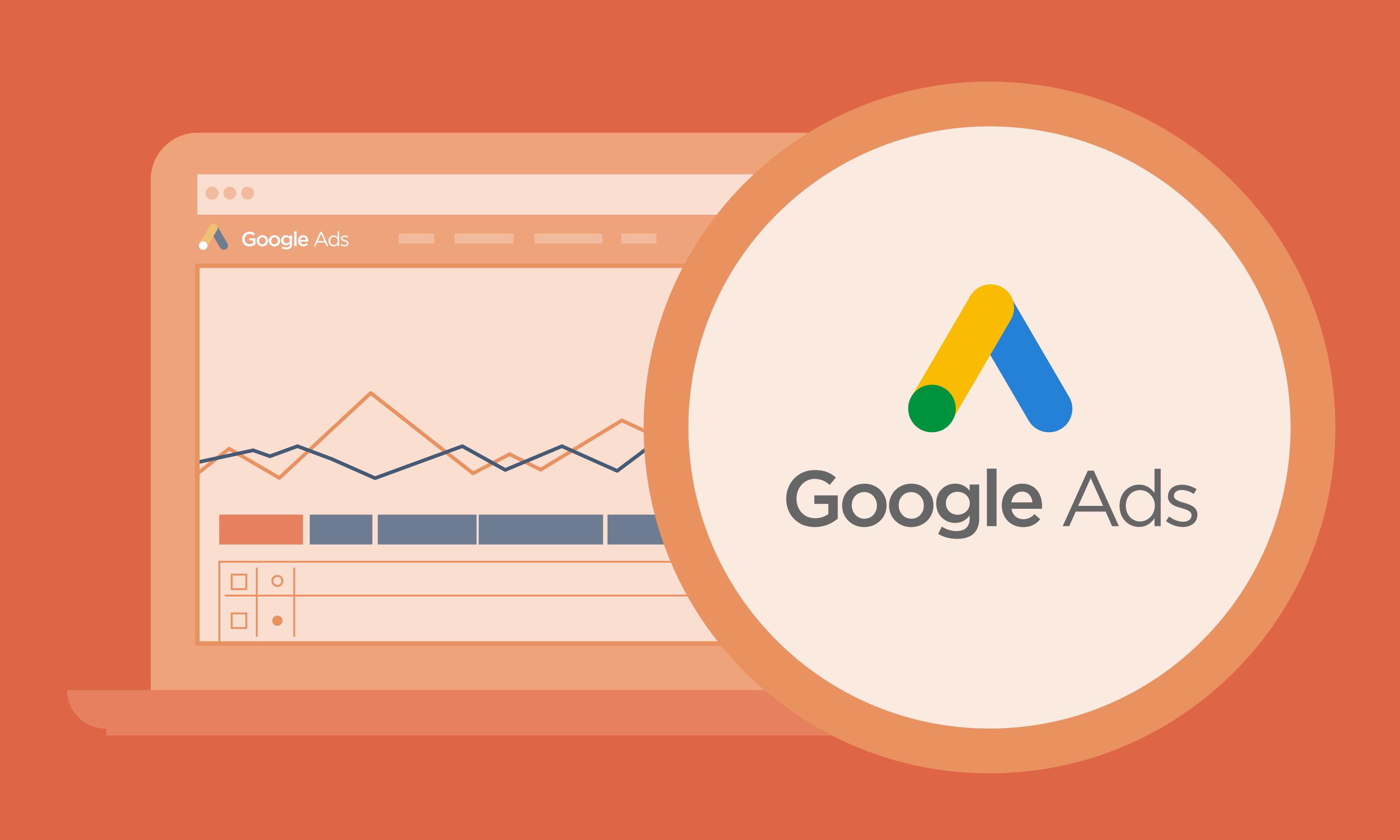Ads are client magnets. With the rise of Google Ads, advertisers have a powerful tool to reach their target audience and drive traffic to their websites. However, it can be challenging to create the perfect ad that captures attention and delivers results. In this step-by-step guide, we will explore the importance of Google Ads for your business and provide you with practical tips to create your next advertising campaign.

Google Ads Mockup
Before diving into the process of creating a Google Ads mockup, it's essential to understand the role of Google Ads in digital marketing. Google Ads, formerly known as Google AdWords, is an advertising platform that allows businesses to display their ads on Google's search engine results pages (SERPs) and partner websites. With billions of daily searches performed on Google, advertising on this platform can put your brand in front of a massive audience.
Google Ads offers a variety of ad formats, including text ads, display ads, video ads, and app promotion ads. These ads can be highly targeted, allowing businesses to reach specific audiences based on demographics, interests, and search intent. This level of targeting ensures that your ads are shown to the right people at the right time, increasing the chances of generating leads and conversions.
Now, you might be wondering why mockups are crucial in the ad creation process. A mockup is a visual representation of how your ad will appear on Google's search engine or partner websites. By creating a mockup, you can visualize your ad's design, layout, and messaging before launching your campaign. It helps you refine your ads, optimize their performance, and ensure they align with your marketing goals.
Step-by-Step Guide to Create Google Ads Mockup
Define Your Campaign Goals
Before starting your mockup, it's essential to define your campaign goals. Are you looking to increase brand awareness, drive website traffic, or generate leads? Defining your goals will help you create an effective mockup that aligns with your overall marketing strategy.
Identify Your Target Audience
Knowing your target audience is key to creating a successful ad campaign. Spend time researching and identifying your ideal customers. Consider factors such as demographics, interests, and online behavior. This information will guide your ad design and targeting options.
Create Your Ad Copy and Visuals
Now it's time to craft your ad copy and visuals. Write compelling headlines and copy that grab attention and highlight your unique selling points. Use persuasive language and focus on the benefits your product or service offers. When it comes to visuals, choose high-quality images or videos that resonate with your target audience.

Set Your Budget and Bidding Strategy
Setting your budget and bidding strategy is a crucial step in creating your Google Ads mockup. Determine how much you're willing to spend on your campaign and allocate your budget wisely. Additionally, choose the appropriate bidding strategy, such as cost-per-click (CPC) or cost-per-impression (CPM), based on your goals and budget.
Test and Optimize Your Google Ads Mockup
Importance of A/B Testing in Google Ads
Once your ad campaign is live, it's essential to continuously test and optimize your ads. A/B testing, also known as split testing, involves running multiple variations of your ads simultaneously to determine which performs better. Test different headlines, ad formats, visuals, and calls-to-action to optimize your campaign's performance.
Analyze and Interpreting Google Ads Data
When it comes to optimizing your Google Ads campaign, data is your best friend. Regularly analyze your campaign's data to gain insights into its performance. Look at metrics such as click-through rates (CTR), conversion rates, and cost-per-conversion. Use this data to make data-driven decisions and refine your ads to maximize their effectiveness.

Tips for Optimizing Your Google Ads Campaign
Optimizing your Google Ads campaign involves continuous monitoring and tweaking. Here are some tips to help you optimize your campaign:
- Refine your keyword targeting to reach the right audience.
- Create compelling ad copy that stands out.
- Regularly update your ad visuals to keep them fresh.
- Monitor your campaign's performance and adjust your bidding strategy.
- Experiment with different ad extensions to enhance your ad's visibility.
- Consider remarketing to re-engage users who have previously interacted with your brand.
As you see, the perfect Google Ads mockup requires careful planning and optimization. By understanding the importance of Google Ads mockup, familiarizing yourself with the Google Ads interface, and following a step-by-step guide, you can create ads that capture attention and deliver meaningful results for your business. Remember to test, analyze, and optimize your ads regularly to refine your campaign and maximize its effectiveness.


-AK-148968-preview.png?width=842&height=310&name=1.01-1x1px-Embertribe-(Client-Services)-AK-148968-preview.png)








-1.jpg)






%20-%20500x500%20-%20SP%20-%2045.01.png)
%20-%20500x500%20-%20SP%20-%2049.01.png)
%20-%20500x500%20-%20SP%20-%2057.01.png)


.png)